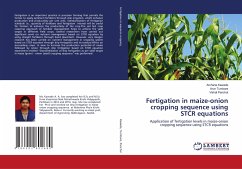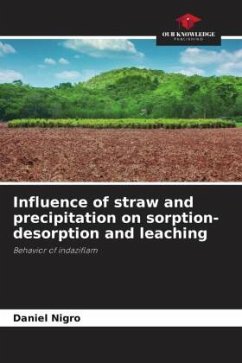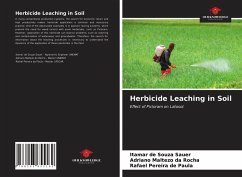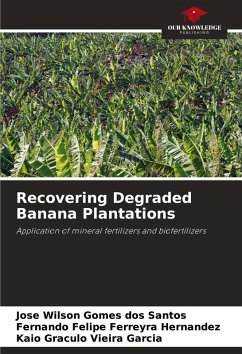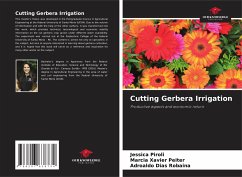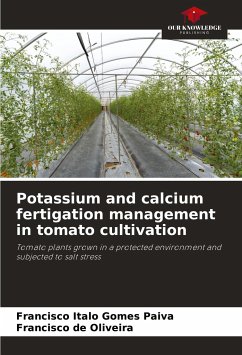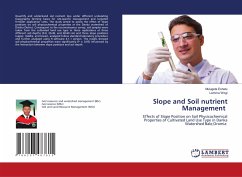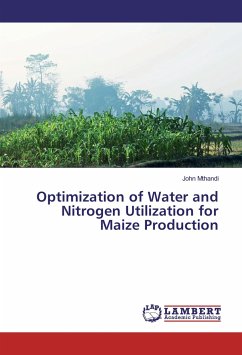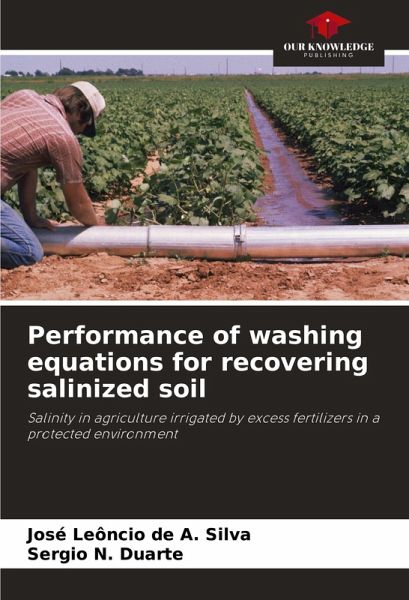
Performance of washing equations for recovering salinized soil
Salinity in agriculture irrigated by excess fertilizers in a protected environment
Versandkostenfrei!
Versandfertig in 6-10 Tagen
24,99 €
inkl. MwSt.

PAYBACK Punkte
12 °P sammeln!
In regions where irrigation is intensive in order to increase crop production, fertigation is widely used as an alternative to fertilization, providing a lower degree of risk. However, the excessive application of fertilizers via fertigation can increase the risk of soil salinization, especially due to the indiscriminate application of fertilizers. Rainfall in open fields is not always enough to wash salts out of the soil. The volume of water needed to flush a soil profile is calculated according to the initial salinity of the soil, the desired final level, the type and depth of soil to be flu...
In regions where irrigation is intensive in order to increase crop production, fertigation is widely used as an alternative to fertilization, providing a lower degree of risk. However, the excessive application of fertilizers via fertigation can increase the risk of soil salinization, especially due to the indiscriminate application of fertilizers. Rainfall in open fields is not always enough to wash salts out of the soil. The volume of water needed to flush a soil profile is calculated according to the initial salinity of the soil, the desired final level, the type and depth of soil to be flushed, the method of application of the irrigation water and the concentration of salts in the flushing water. The aim of this work was to evaluate the performance of empirical equations for the recovery of salinized soil, in a continuous and intermittent leaching system, in the case of fertilizer salt wash water.





